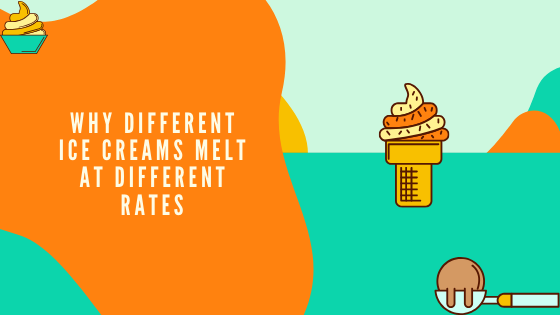Fat Facts: Why Fats and Oils make our food so much better?
Some people think that fat is a black sheep in the family of foods, while for others it is the golden goose. It all depends on what and how much you know about them.
What are Fats and Oils?
In scientific parlance, fats are referred to as triglycerides, a.k.a esters of three fatty acid units attached to a molecule of glycerol.
Did too many scientific terms confuse you? Let’s look at this another way.
There’s a human named Wand - made from long chains of carbon, hydrogen and oxygen molecules. Wand is an alcoholic, but a very picky one. Once Wand is near his choice of alcohol- the sweet tasting alcohol called glycerol- the strong affinity unites them and together they become fat.
Why are fats and oils so essential to cooking?
Excellent carriers of flavours
If you are an Indian or cook Indian food, you may have heard of the terms ‘Tadka’ (also sometimes spelt as ‘Tarka’) and ‘Chhaunk’. It is a process where oil is heated in a pan and then, spices are added (according to the recipe) and cooked. This method is involved in a lot of Indian recipes. The reason behind this is that a lot of flavour compounds in these ingredients are fat-soluble, i.e. they dissolve much better in oil than in water. During this process of ‘tadka’, the fats and oils extract these flavouring compounds from the spices and uniformly disperse them through all the food ingredients.
Good Mouthfeel and Tender Texture
When added in a recipe, fat adds a velvety texture to the food and tenderizes baked goods. It provides a creamy, lubricating mouthfeel to the food item.
When making baked products such as cakes and cookies, one of the important steps is mixing flour with all the other ingredients such as milk, sugar and fat. In the absence of fat in the recipe, the water molecules (from milk or from the water itself) will interact with protein from the flour and work to form the protein network- a.k.a gluten*. This will result in a tougher product.
However, when you add the fat to the recipe mix, the fat molecules will surround the protein molecules and starch, and isolate them from water molecules. This will weaken the gluten network. This is why muffins and cakes are soft, easy to slice and have a tender mouthfeel.
[* To read more about the gluten and how it develops in a dough, click here.]
Acts as a preservative
Fats not only make food tasty but they also act as a preservative. One of the most common examples is ‘aachaar’ (Indian Pickle). In the process of making North Indian style pickles, fruits or vegetable are usually washed, cut, dried, mixed with spices and put in a vessel (usually martbaan) along with the oil and then kept for fermentation. Here, the oil seals off the air from the pickled fruits/vegetable and thus inhibits aerobic spoilage causing microorganisms.
Heat Transfer
Fats don’t evaporate into the air at high temperatures, unlike water. Hence, fats and oils are used as a cooking medium. During cooking or frying, the oil conducts heat and allows the food to cook uniformly.
Sources:
1. Fats and Oils Handbook by Michael Bockisch, link
2. Biscuit Baking- A review, link
3. Traditional Pickles in Himachal Pradesh, link




Comments
Post a Comment